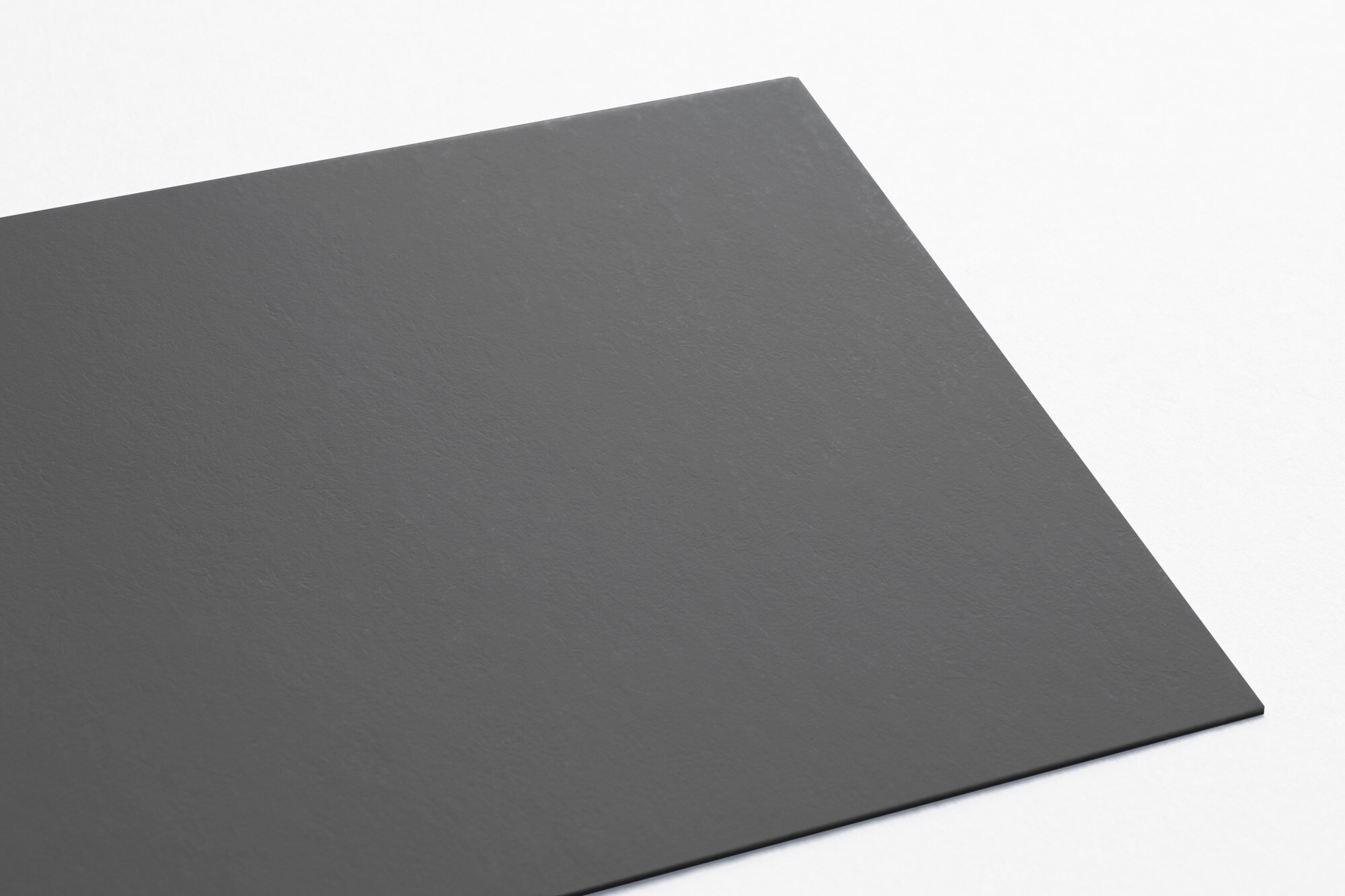Suspended ceilings, also known as drop ceilings or false ceilings, are a popular choice for commercial and residential buildings due to their versatility and functionality.
One important aspect of suspended ceilings is the grid system that supports the ceiling tiles. There are three primary types of grids used in suspended ceilings, each with its unique features and benefits.
Exposed Grid System:
The exposed grid system is the most common type of grid used in suspended ceilings. It is made up of a series of metal tracks that are suspended from the ceiling using wires or hangers. These tracks are then connected to form a grid pattern, creating a framework for the ceiling tiles to sit in.
The exposed grid system is relatively easy to install and can be used with a variety of different tile sizes and materials. However, the grid system is visible, and this can be a disadvantage in certain settings where a more seamless ceiling appearance is desired.
Concealed Grid System:
The concealed grid system, as the name suggests, hides the grid structure from view. It is designed to create a more seamless ceiling appearance by using a series of clips that attach the tiles directly to the ceiling. The clips are concealed behind the tiles, creating a smooth and uniform ceiling surface.
The concealed grid system is particularly suitable for areas where aesthetics are critical, such as in high-end residential or commercial spaces. However, it can be more challenging to install than the exposed grid system and may require specialized tools and expertise.
Semi-Concealed Grid System:
The semi-concealed grid system combines the benefits of the exposed and concealed grid systems. It features a visible metal frame around the perimeter of the ceiling, which provides a clean and modern look while also allowing for easy installation and maintenance.
The central area of the ceiling is made up of tiles that are attached using a concealed clip system, creating a seamless appearance. The semi-concealed grid system is a popular choice for commercial spaces such as offices, retail stores, and schools.
In conclusion, suspended ceilings are an excellent choice for commercial and residential buildings due to their versatility and functionality. The choice of grid system depends on several factors, including aesthetics, ease of installation, and maintenance requirements.
The three primary types of grids used in suspended ceilings are the exposed, concealed, and semi-concealed grid systems, each with its unique features and benefits. Choosing the right grid system can help create a beautiful and functional suspended ceiling that meets the specific needs of the building and its occupants.







